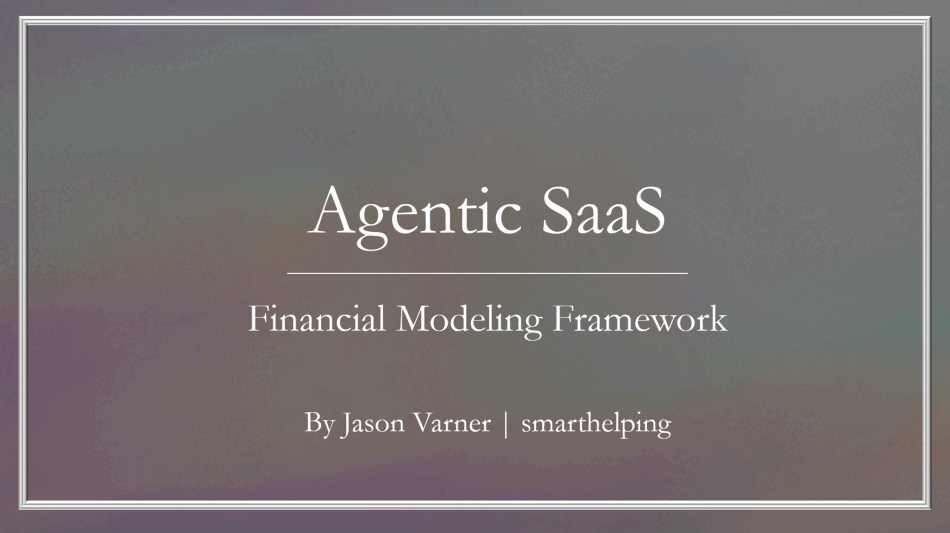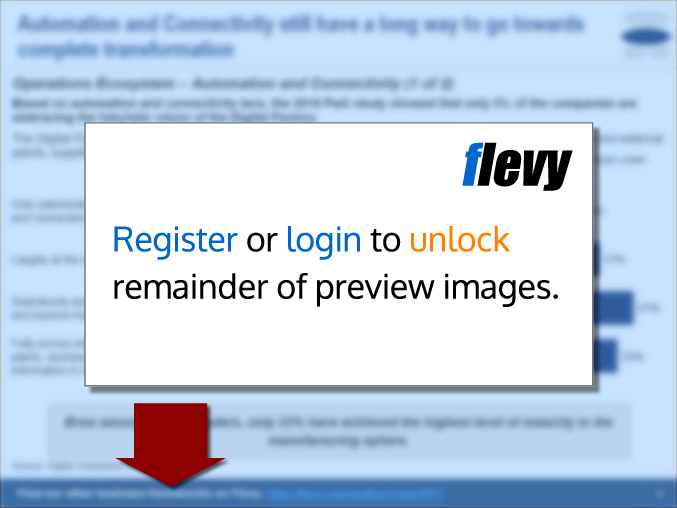AI Agentic Platform Pro Forma: Usage, Seat & Setup Revenue (Excel XLSX)
Excel (XLSX)
VIDEO DEMO
BENEFITS OF THIS EXCEL DOCUMENT
- Clear explanations of the revenue and cost drivers--complete with usage chains, token economics, and fundraising effects--provide an immediate blueprint for strategic planning and investor storytelling.
- Real‑time linkage between every assumption and the key return metrics (IRR, MoIC, cash runway) lets founders and investors see the impact of pricing, growth, or cost changes in seconds.
- It distills a complex AI‑SaaS business model into a single input sheet and four calculation tabs, so users can explore five‑year financial outcomes without wrestling with hidden formulas.
SAAS EXCEL DESCRIPTION
The model treats revenue generation as a cascade that begins with customer acquisition and ends with token consumption. It starts with seat‑based subscriptions—the predictable, high‑margin engine that investors look for in ARR‑oriented businesses. Customer logos grow at tier‑specific rates, each logo carries an assumed number of active seats, and every seat is priced monthly. Because these subscriptions renew automatically and churn is modeled explicitly, you can isolate the lift that new sales, seat expansion, and annual price escalators contribute to recurring revenue.
Layered on top of seats is usage‑based billing, which converts the depth of product engagement into dollars. The template follows a simple chain: seats drive tasks per day; each task contains a configurable number of reasoning steps; each step consumes tokens; and total tokens are billed at a price per 1 000 tokens. This structure lets you test everything from light‑touch copilots to heavy autonomous agents by varying task frequency, complexity, or model size. A one‑time implementation fee rounds out the top line, injecting early cash to offset acquisition costs without muddling recurring revenue metrics.
Costs mirror the revenue logic to reveal true unit economics. The largest variable expense is token cost of goods—either a wholesale LLM API rate or an in‑house inference cost per 1 000 tokens—which scales in lockstep with usage. Infrastructure and cloud expenses (compute, storage, bandwidth) also ride on API‑call volume but can be optimized through caching, batching, or reserved‑instance commitments. Customer success and support costs grow with logos or seats depending on your service model; automation percentages help you see how self‑serve tooling flattens that curve. Finally, optional buckets such as model‑licensing royalties and payment‑processor fees capture other usage‑linked outflows.
Because revenue and direct costs share the same volumetric driver—tokens—gross margin is extraordinarily sensitive to the spread between price per token and cost per token. A 20 percent reduction in token COGS therefore has the same bottom‑line impact as a 20 percent increase in usage price, but is usually easier to achieve through vendor negotiations or model optimization. Implementation fees, although non‑recurring, materially improve early runway by front‑loading cash, while support‑cost efficiency dictates how much of that margin you ultimately keep.
Taken together, these drivers create a living model where you can dial up growth, experiment with price points, or project cost‑curve improvements and instantly see how they ripple through EBITDA, cash balance, and investor returns. The clarity around "what moves what" not only guides operational decisions—like when to switch from API calls to self‑hosted inference—but also strengthens your narrative with investors who want to understand precisely where scale economics kick in.
Got a question about the product? Email us at support@flevy.com or ask the author directly by using the "Ask the Author a Question" form. If you cannot view the preview above this document description, go here to view the large preview instead.
Source: Best Practices in SaaS, Agentic AI, Integrated Financial Model Excel: AI Agentic Platform Pro Forma: Usage, Seat & Setup Revenue Excel (XLSX) Spreadsheet, Jason Varner | SmartHelping
This document is available as part of the following discounted bundle(s):
Save %!
Subscription-based Financial Models
This bundle contains 28 total documents. See all the documents to the right.









